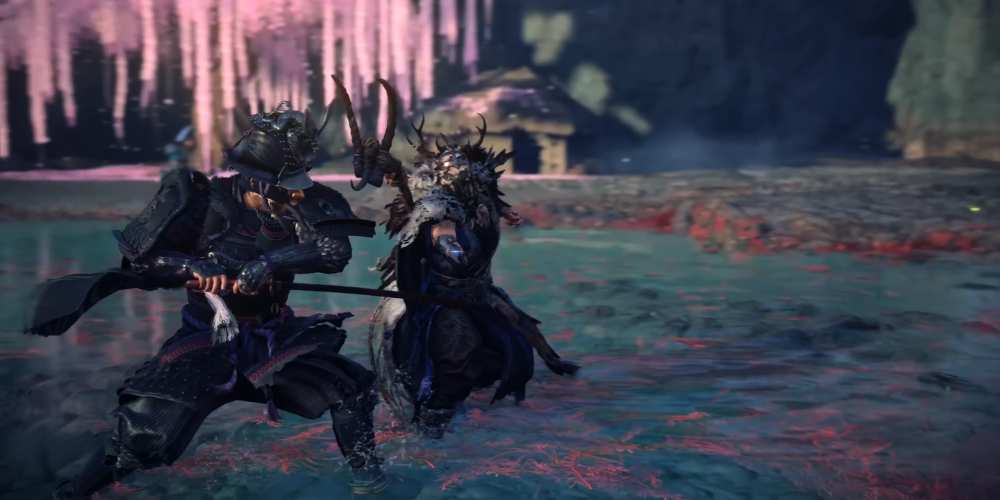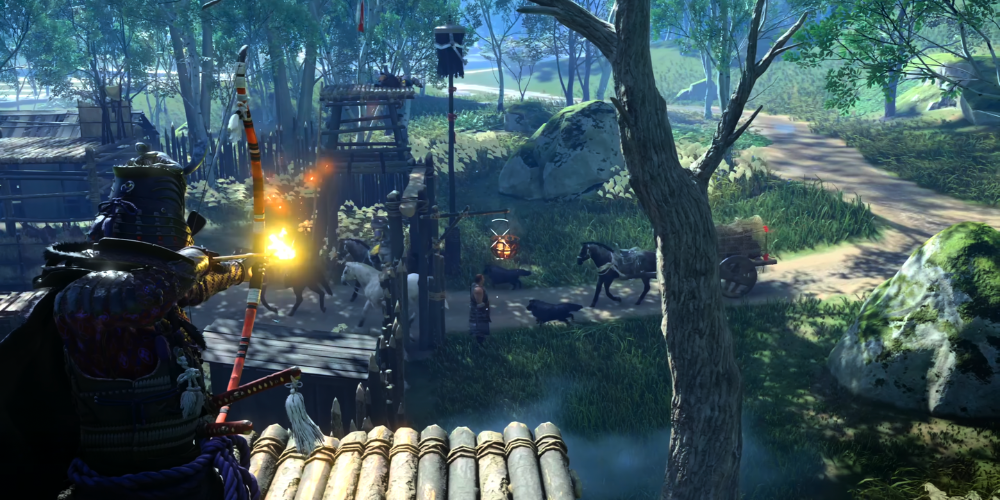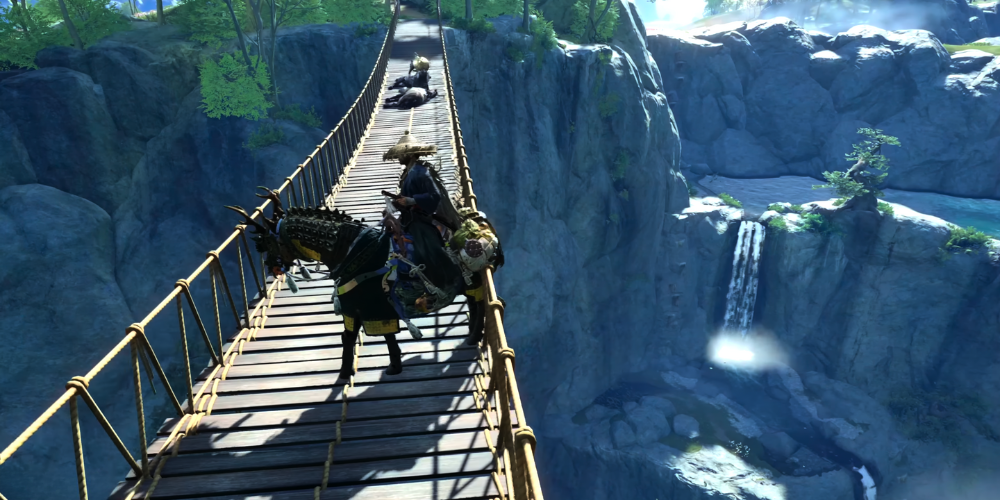The Aesthetic and Cultural Influence of Ghost of Tsushima on Modern Gaming
- 2024-04-29
- 171
In the realm of video games, few have managed to leave as indelible a mark on the aesthetics and cultural narrative of the medium as 'Ghost of Tsushima.' Released in 2020 by Sucker Punch Productions, this action-adventure masterpiece not only captivated players with its enthralling gameplay but also set a new standard for how games can weave artistic design with cultural reverence. This article explores the multifaceted impact of 'Ghost of Tsushima,' examining how its commitment to authentic representation and breathtaking visuals have influenced modern gaming trends and stirred a deeper appreciation for the historical context it portrays.
Unparalleled Visual Aesthetics
The aesthetic appeal of 'Ghost of Tsushima' is undeniable. Every frame of the game could very well be a moving painting, with meticulous attention given to the lush landscapes of feudal Japan. The island of Tsushima is brought to life with sweeping fields, dense forests, and tranquil sanctuaries. The game's use of color palette—fiery reds, calming blues, and vibrant greens—does not just serve the purpose of visual pleasure but also plays a crucial role in the narrative and gameplay, signaling changes in danger and directing player movement.

The environmental dynamics are complemented by the game’s weather system, which dynamically shifts and influences gameplay. This approach not only increases immersion but also enhances emotional depth, connecting players with the game’s world at a more instinctive level. The visual storytelling of Ghost of Tsushima sets a high benchmark for realism and artistic expression in video games, influencing developers to prioritize natural beauty and atmospheric conditions in their game designs.
Cultural Representation and Authenticity
Aside from its aesthetic innovations, 'Ghost of Tsushima's' cultural representation has resonated deeply with audiences worldwide. The game dives into the rich tapestry of 13th-century Japanese culture, from the honor-bound life of Samurai warriors to the detailed depiction of Shinto practices and beliefs. By consulting historians and cultural experts, Sucker Punch was able to portray elements of Japanese history and tradition with remarkable accuracy and respect, avoiding common pitfalls such as cultural appropriation or oversimplification.

The game does not shy away from exploring the complex themes of honor, sacrifice, and internal conflict. Jin Sakai’s transformation from a traditional samurai into the Ghost mirrors the clash between upholding one’s values and adapting to the exigencies of reality—a universal theme that transcends cultural boundaries and sparks meaningful reflections among players. This authenticity has not only earned the game critical acclaim but also sparked interest in Japanese history and samurai culture, leading to a surge in related books, movies, and artwork interest.
Influence on Game Design and Narrative
The success of 'Ghost of Tsushima' has had significant repercussions on game design and narrative structures within the industry. One of the most impactful aspects has been its open-world design, which allows for a non-linear exploration that feels both organic and engaging. This has set a precedent for future open-world games, highlighting that vast landscapes need not be overwhelming or directionless but should offer meaningful interactions that contribute to the overall narrative arc.

Moreover, the game’s narrative depth is achieved through minimalistic storytelling techniques—using silence, nature, and subtle character expressions to convey deep stories rather than relying on excessive dialogue or exposition. This approach has inspired game developers to focus more on show-rather-than-tell strategies, creating more immersive and emotionally powerful gaming experiences.
Breaking Cultural Barriers
Interestingly, 'Ghost of Tsushima' has also played a pivotal role in breaking cultural barriers in gaming. While it is rooted in Japanese history, the game’s themes of resilience, adaptation, and the quest for justice have a universal appeal, allowing people from different backgrounds to connect with the story and its characters. This universality is a testament to the game's meticulous design and storytelling prowess, proving that culturally specific narratives can have broad international appeal. By doing so, 'Ghost of Tsushima' prompts other developers to explore diverse cultural narratives, enriching the gaming industry’s storytelling diversity.
Legacy and Continued Influence

As 'Ghost of Tsushima' continues to inspire a wide range of video games and media, its legacy is observed in various facets of the contemporary gaming industry. From influencing game mechanics and visual storytelling to encouraging a respectful and detailed approach to cultural history, its impact is profound. Upcoming and established game developers cite the game as a benchmark for artistic and narrative standards in video game design.
The cultural ripples it has created extend beyond gaming, influencing other forms of media and contributing to a resurgence of interest in Japanese culture. The game’s influence is a powerful reminder of the potential video games have to bridge cultures, celebrate history, and create truly immersive artistic experiences.
In conclusion, the aesthetic and cultural impact of 'Ghost of Tsushima' on modern gaming is unmistakable. By setting new standards in visual beauty, cultural integrity, and narrative depth, the game not only provides a template for future game development but also illustrates the potent role video games can play in cultural conversation. As the industry continues to evolve, the principles displayed in 'Ghost of Tsushima' will likely continue to influence game design and cultural representation in the digital storytelling arena for years to come.








Leave a comment
Your comment is awaiting moderation. We save your draft here
0 Comments